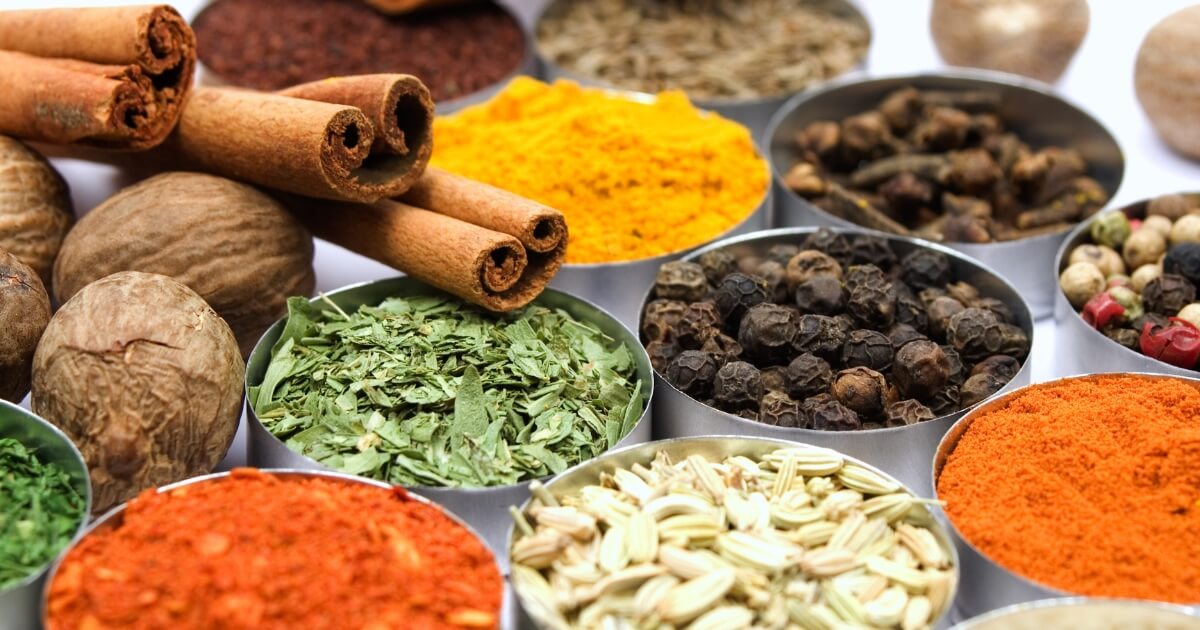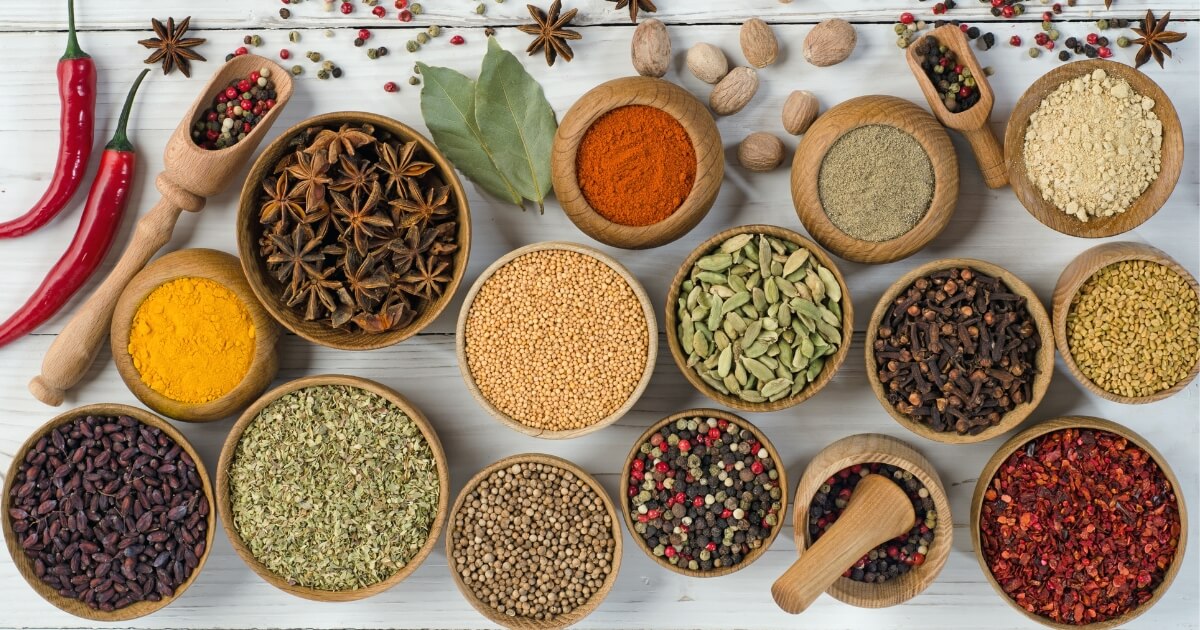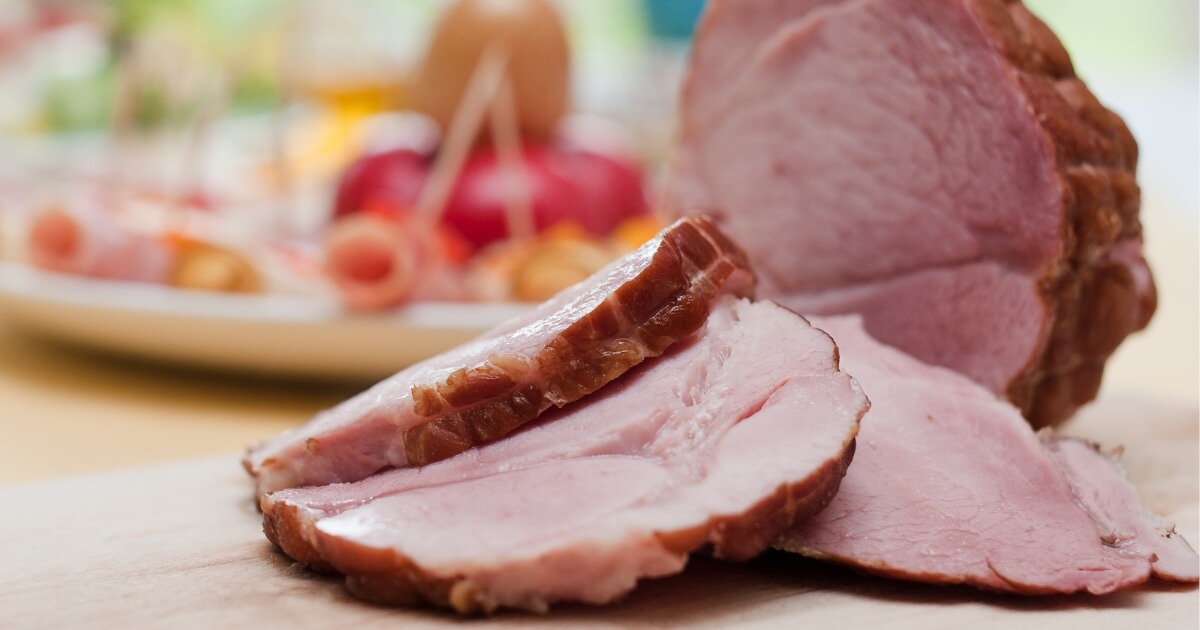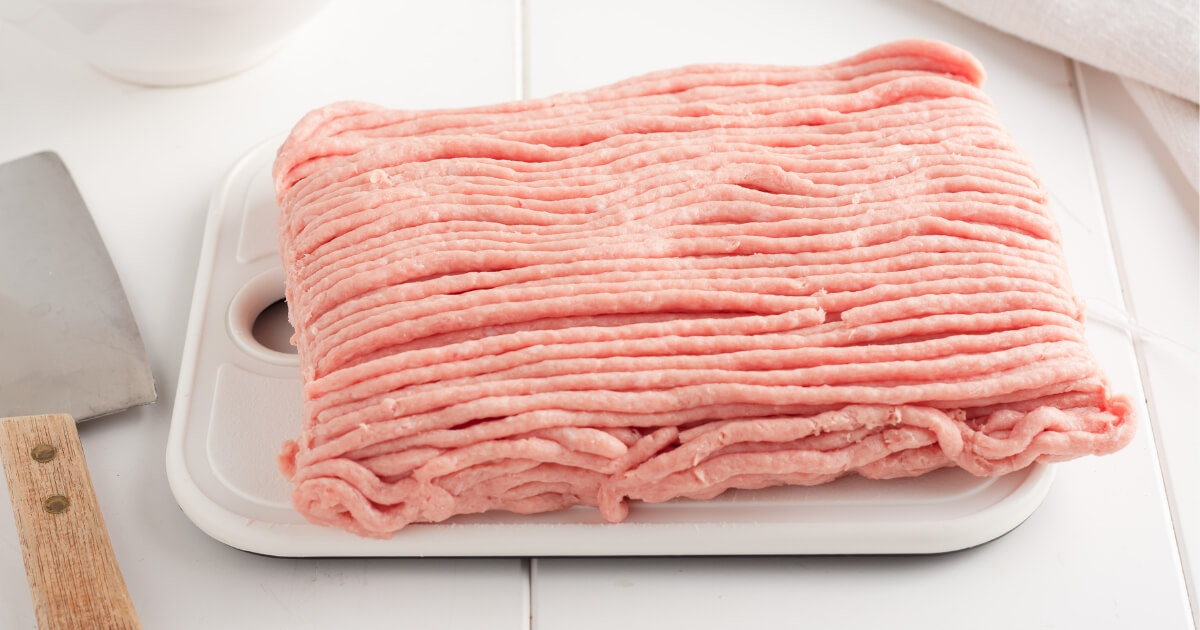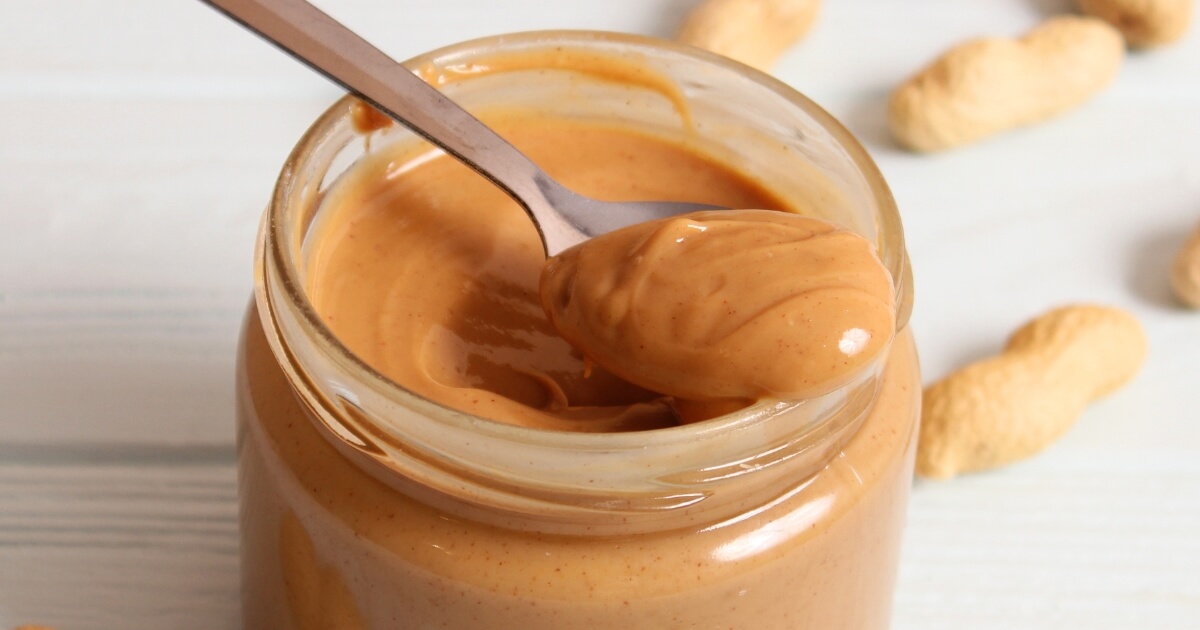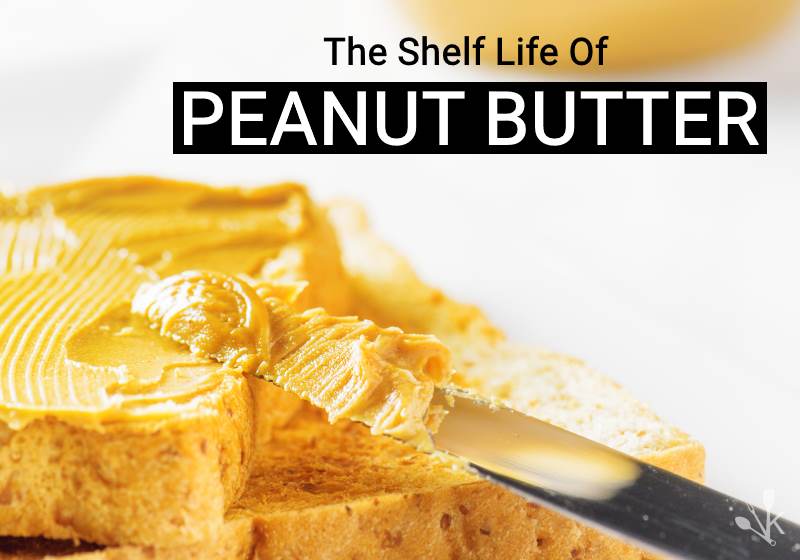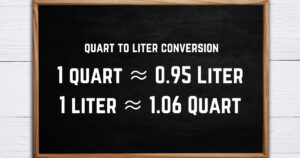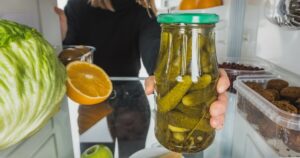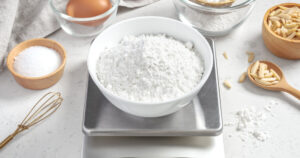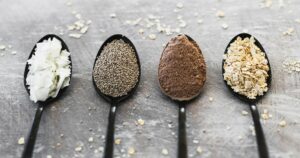Bananas are kitchen counter regulars that sometimes ripen faster than we can eat them. Have you Ever picked up a bunch only to find them too ripe, too soon?
The ripening of bananas from green to yellow and eventually to brown is more than a color change. It’s a whole transformation in taste and texture, influencing their role in our favorite recipes.
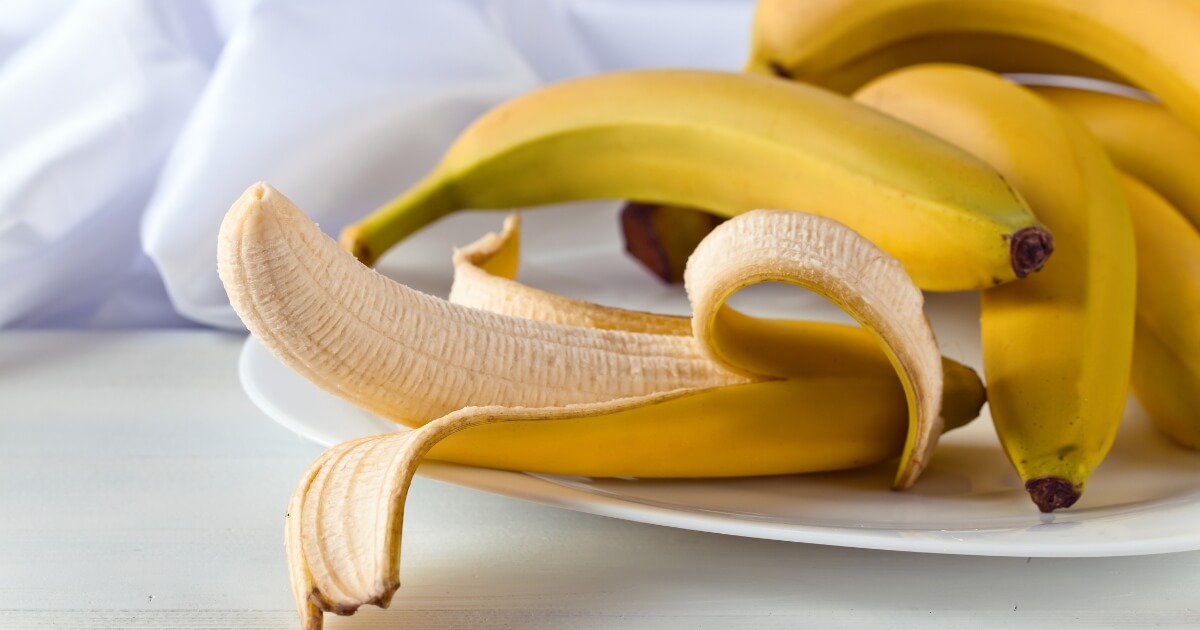
In this guide, we’re looking closer at bananas’ shelf life and what influences it. We’ll talk about everything from the chilly fridge environment to the cozy kitchen counter, pinpointing the best ways to store bananas for perfect ripeness.
How Long Are Bananas Good For?
This chart breaks down how long bananas last under different conditions, helping you make the most of this delicious tropical fruit.
| Storage Method | Shelf Life | Notes |
|---|---|---|
| Unripe (Green) at Room Temp | 2-7 days | Ripens in 2-4 days. Avoid refrigeration |
| Ripe (Yellow) at Room Temp | 2-3 days | Best eaten when soft and yellow. |
| Ripe (Yellow) in Fridge | 7-10 days | Peel may turn black, but flesh stays good. |
| Overripe (Brown/Spotted) | Use immediately | Sweet and perfect for baking. |
| Peeled/Cut Bananas | 3-4 days in fridge | Wrap tightly and use lemon juice to prevent browning. |
| Frozen Bananas | Up to 3 months | Great for smoothies, but peel before freezing |
At Room Temperature
Bananas, when left out at room temperature, undergo a fascinating transformation. Unripe green bananas typically take 2 to 7 days to reach peak ripeness, turning a vibrant yellow.
As bananas sit out, they change color and develop a sweeter, more pronounced flavor and a softer texture. This is ideal for eating them as is or for certain recipes like fruit salad.
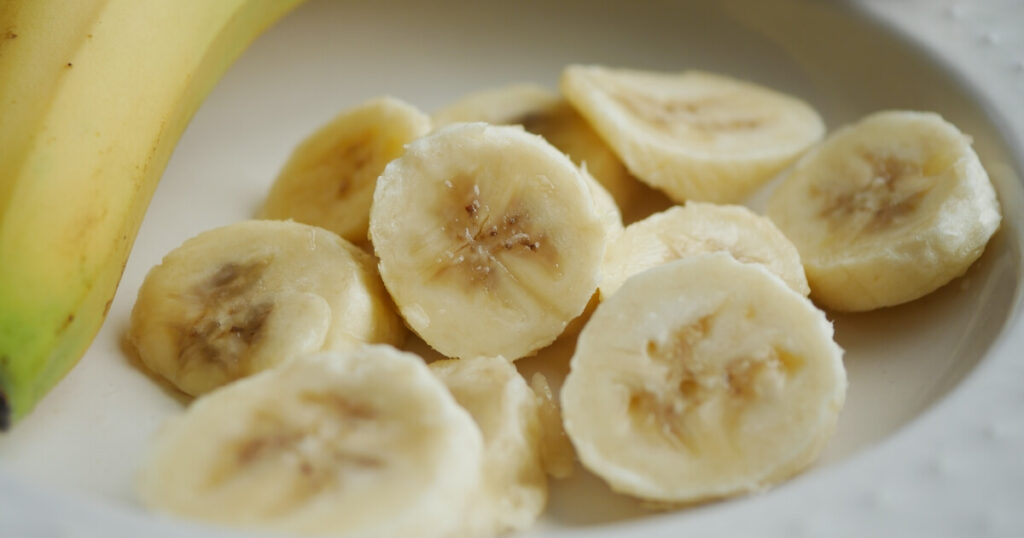
For optimal storage at room temperature, place bananas in a fruit bowl or hang them on a banana hanger. This helps prevent bruising and promotes even ripening.
Avoid storing bananas near other ripe fruits in a closed container, which can accelerate the ripening process. Naturally emitted by bananas and other fruits, ethylene gas speeds up ripening and can lead to overripe bananas quicker than expected.
One common problem affecting bananas at room temperature is the development of brown spots. While these are still good for banana bread or banana ice cream, they might not be ideal for eating fresh. Keeping bananas away from direct sunlight and heat sources helps extend their room temperature shelf life.
In The Fridge
Storing bananas in the fridge can significantly extend their shelf life, especially once they’ve reached your desired level of ripeness.
Ripe yellow bananas can last 7 to 10 days in the fridge, while peeled or cut bananas should be used within 3 to 4 days.
For ripe bananas, the fridge’s main compartment is the ideal spot. Got peeled or sliced ones? Wrap them snugly in plastic wrap, then tuck them into an airtight container to maintain their freshness.
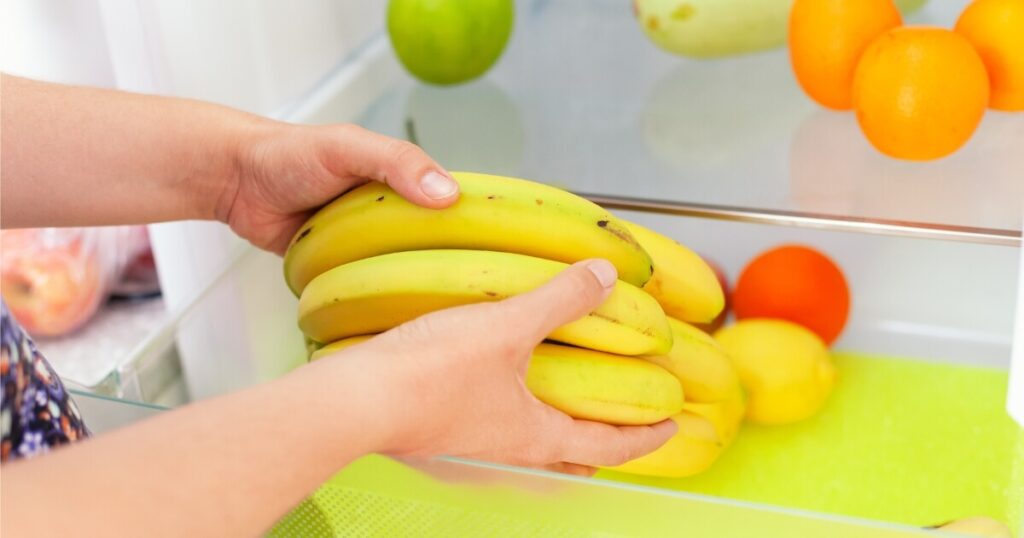
Avoid storing bananas near foods with strong odors, like onions or leftover fish. Bananas can absorb these smells, affecting their flavor. Also, don’t store bananas in the crisper drawer, as the humidity can lead to a bitter flavor.
Regularly removing or discarding damaged or spoiled bananas is important, too. Spoiled bananas can release more ethylene gas, speeding up the ripening process of nearby bananas and other fruits. This practice helps the remaining bananas stay fresh for as long as possible.
In The Freezer
Freezing bananas is an excellent option for extending their shelf life while retaining their nutritional value.
Whole, unpeeled bananas can last up to 6 months in the freezer, while peeled or cut bananas are best used within 3 months.
However, It’s best to peel bananas before freezing them. Store them in an airtight container or a sealed freezer bag. If you’re freezing banana slices, spread them out on a baking sheet to freeze individually before transferring them to a container. This prevents them from sticking together.
The benefits of freezing bananas go beyond just longevity. Frozen bananas make them a great addition to smoothies or banana ice cream. Plus, freezing can halt the ripening process, preserving the bananas at your preferred level of sweetness.
What Affects The Shelf Life Of Bananas
Banana Condition
The condition of bananas plays a role in determining their shelf life. Overripe bananas, characterized by brown spots, are still usable in delicious recipes like banana bread or banana cream pie. They may be too far gone, and it is best to toss if they have a blackened peel.
It’s important to remove overripe or spoiled bananas from the bunch to avoid accelerating the ripening of the others.
Handling
Bananas are delicate fruits that can bruise easily, affecting their appearance and shelf life. From the farm to the grocery store and finally, to your kitchen, they undergo a journey that can impact their condition.
Gentle handling is key to maximizing their shelf life. Avoid squeezing or stacking heavy items on bananas, and consider using a banana hanger for even ripening without pressure points.
Storage Temperature
The ideal storage temperature for bananas varies depending on their ripeness. For unripe green bananas, room temperature is best, while ripe bananas benefit from refrigeration.
Refrigeration plays a significant role in slowing down the decomposition process of ripe bananas. However, it’s important to note that bananas are sensitive to cold and can suffer from chilling injury if stored at too low a temperature.
Managing humidity is vital for bananas. Too much moisture? You risk mold. Not enough? They dry out. It’s all about finding that sweet spot.
Banana Shelf Life FAQs
How long can you keep bananas in the fridge for banana bread?
Bananas for banana bread can be kept in the fridge for up to 7-10 days. Overripe bananas, best for banana bread, can be frozen for longer storage.
Do bananas keep fresher for longer with aluminum foil?
Wrapping the stems of bananas in aluminum foil can slightly extend their freshness. This method slows the release of ethylene gas, which is responsible for ripening.
Do bananas last longer in the fridge or on the counter?
Once bananas ripen, popping them in the fridge can extend their life. Keep unripe ones at room temperature, but chill the ripe ones to buy a few extra days.
How long does it take a banana to rot?
The time it takes for a banana to rot varies depending on its initial ripeness and storage conditions. Generally, a banana can start to rot in about 7-10 days at room temperature or longer if refrigerated.

